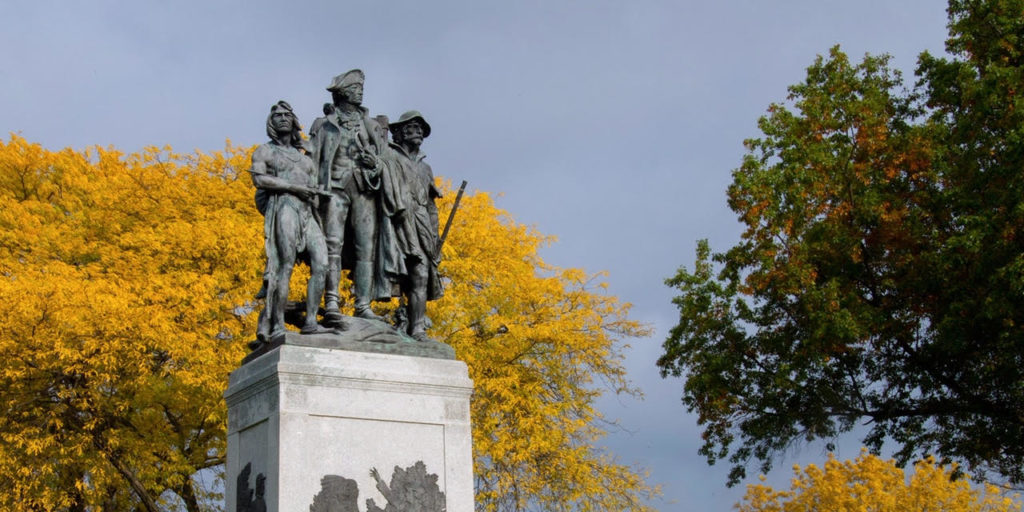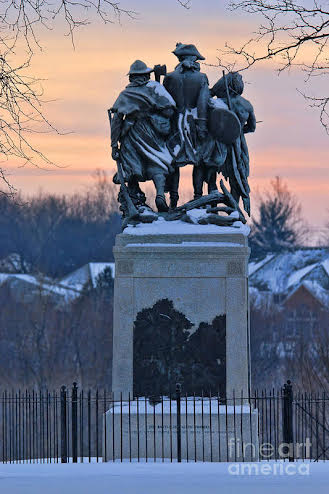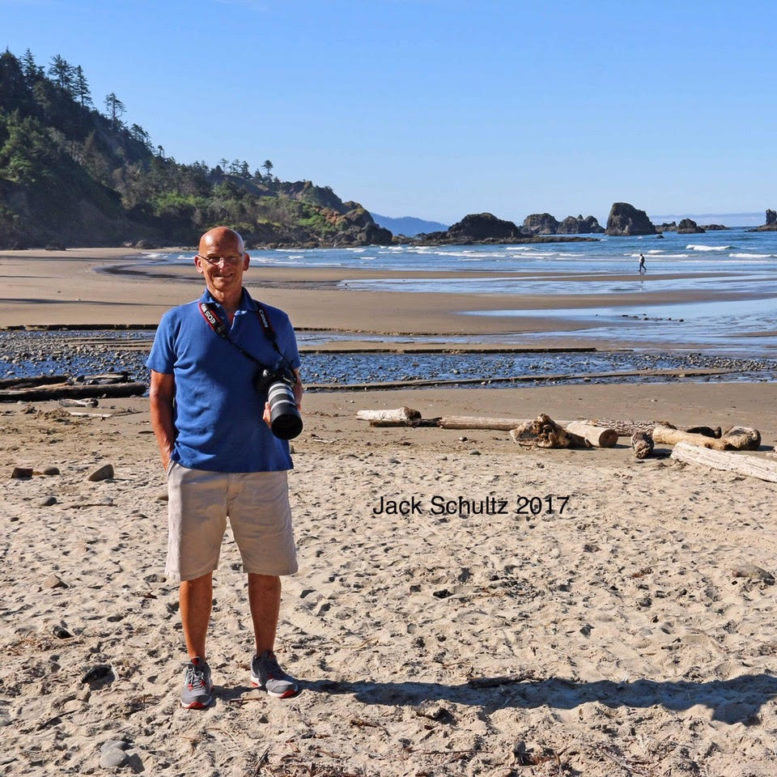By CARROLL McCUNE
For BG Independent News
Jack Schultz is a prolific wildlife and nature photographer who often focuses on historic or iconic sites in his hometown of Waterville and in Bowling Green, Whitehouse, Perrysburg, Grand Rapids, and Toledo. His technically perfect images often add drama and interpretation of familiar landmarks.
Schultz, along with 49 other artists from Northwest Ohio and Southeastern Michigan, will be exhibiting
his prints in the first Fallen Timbers Art Festival sponsored by the Anthony Wayne Area Arts Commission of Waterville: https://awaac.org. The indoor event takes place at the Shops at Fallen Timbers on Nov. 6 & 7, from 11 a.m. to 5 p.m. both days. The Shops at Fallen Timbers are located next to the historic Fallen Timbers Battlefield site in Maumee which is now part of Metroparks Toledo. This park includes a beautiful bronze war memorial statue in a dramatic setting on a bluff overlooking the north bank of the Maumee River and is open to cultural tourism. For more information: https://metroparkstoledo.com/explore-your-parks/fallen-timbers-battlefield-fort-miamis-metropark/battlefield-site-history/
Other than its name and proximity to the 1794 battlefield site, the Fallen Timbers Art Festival isn’t related to the historic event, but focuses on exceptional works of art in metal, glass, clay wood, fiber, jewelry, sculpture, painting and photography regardless of subject matter. Jack Schultz, however, has taken several striking photographs of the Fallen Timbers war memorial. Although not in the show, these prints can be viewed on his website: https://jack-schultz.pixels.com
The bronze statue, sculpted by Bruce Saville, has been admired as an object of great public art since its erection in 1929. It honors Major General Anthony Wayne of the Legion of the United States, Little Turtle, leader of the Western Confederacy of Native Americans, and an intrepid but nameless frontiersman. Rather than exalt militarism or victory over the native defenders of their land, it carries a message of peace and reconciliation relevant to all generations. Most photographs of the monument simply document its existence, but Schultz’s images actually enhance its artistry and interpret its meaning.
To illustrate this, the Metroparks website photo (below) of the Fallen Timbers Battlefield Monument is merely descriptive and the photographer was mostly concerned with the clarity of the image and the commemorative nature of the statue.


Compare it with the image the the right captured by Jack Schultz. The photographer was mostly concerned with interpretation of the site and evocation of mood and thoughtfulness.
By incorporating the rooftops of modern houses, Schultz projects the past into the present. By framing the statue from behind, the figures seem to be gazing into the future and striding off the plinth with their message of national comity.
The image heightens the aspirations of the monument’s erectors by contrasting its fence-bound stillness with the illuminating dawn sky.

